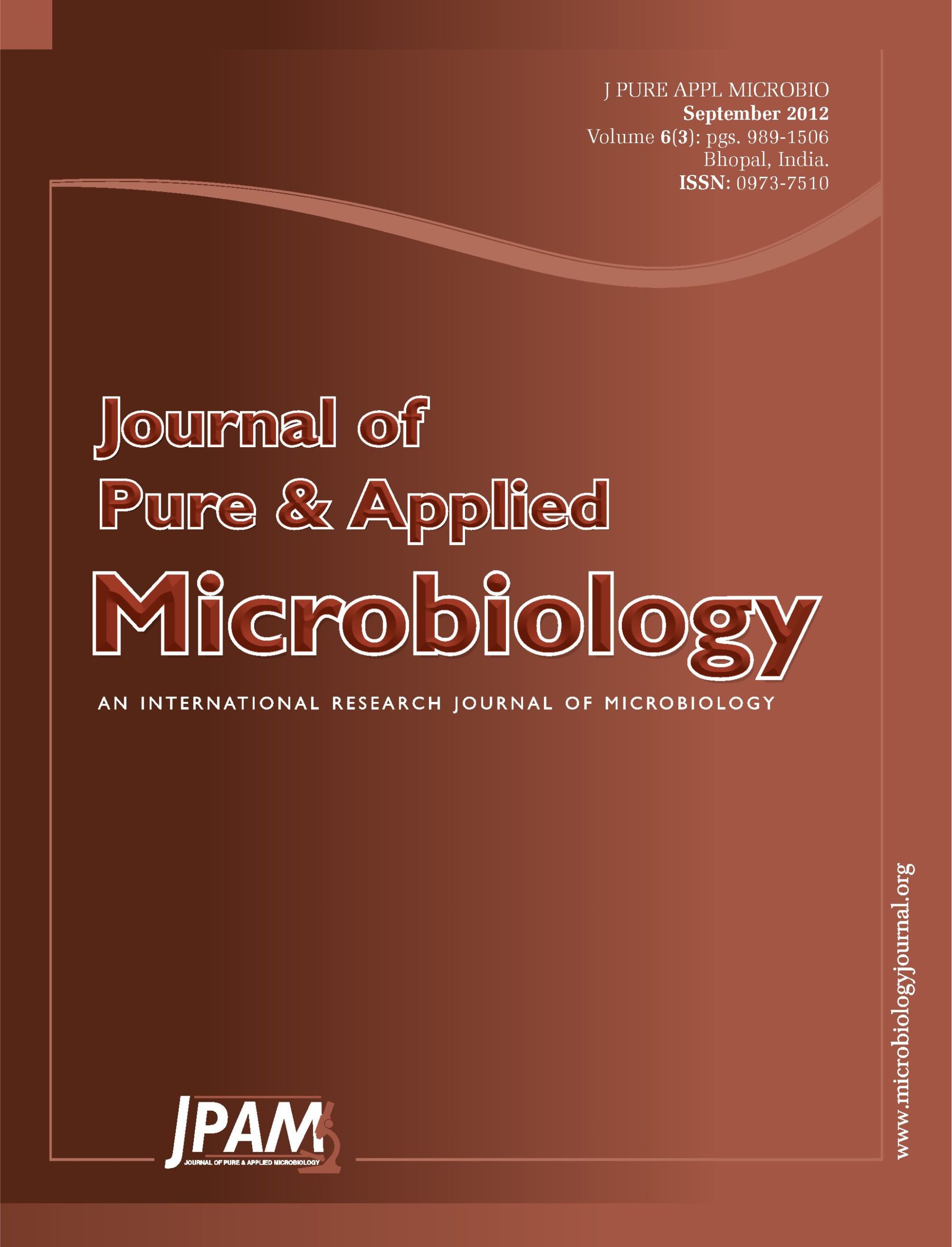Mushrooms have been valued as high tasty nutritional and nutraceutical foods throughout the world. At present 270 species of mushrooms are known to have various nutritional and therapeutic properties. Numerous species of wild mushrooms are consumed as a delicacy all over the world. Credible evaluation of their nutritional value has so far been limited due to fragmentary knowledge of their composition and mainly due to the very limited information on the availability of their constituents. The biomolecules like polysaccharides, proteins produced by Ganoderma lucidum gain importance for their antimicrobial and antioxidant properties. Polysaccharides of mushrooms are used for their pharmacological properties as immunostimulators. The mushrooms screened in this study are good producers of exopolysaccharides (EPS) and intracellular polysaccharides (IPS). Ganoderma lucidum was the best producer of polysaccharide among all the strains. The significance of EPS and IPS was well established in medicine (1-3). They are well known due to their antidiabetic, antitumor and hepatoprotective activities, and so are likely to be used in the preparation of novel drugs. It is suggested that a thorough study on the optimization and characterization of these biomolecules is essential to exploit this mushroom on an industrial scale.
Mushrooms, nutraceutical, immunostimulators, biomolecules, Ganoderma lucidum, polysaccharides, medicinal properties
© The Author(s) 2012. Open Access. This article is distributed under the terms of the Creative Commons Attribution 4.0 International License which permits unrestricted use, sharing, distribution, and reproduction in any medium, provided you give appropriate credit to the original author(s) and the source, provide a link to the Creative Commons license, and indicate if changes were made.


